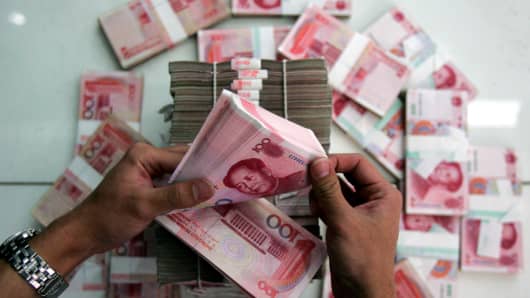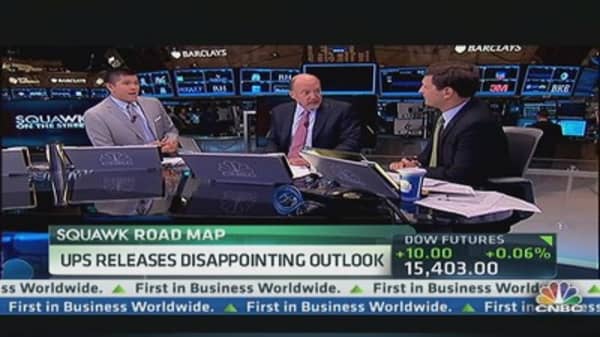After days of putting markets on tenterhooks, China's gross domestic product was a "perfect" number. Almost makes you suspicious, doesn't it? Second-quarter GDP came in at 7.5 percent, exactly in line with the "official" forecast. In response, the Shenzen stock exchange rose almost one percent.
Hmmm...that was an interesting result given the timeline of events. On Friday, traders were concerned when China's Minister of Finance, Lou Jiwei, said that reaching this year's GDP target of 7.5 percent "shouldn't be too big a problem" but then went on to say that "we also don't think there is any big problem with [a growth rate of] 7 percent, or 6.5."
Lou also went on to indicate that the expected GDP growth rate was 7 percent, not 7.5 percent, which caused even more confusion. His remarks made it appear unclear if there had been a reduction in the "official" rate of 7.5 percent, and that Lou had been sent out to lower expectations. Chinese stocks declined both in China and the U.S. on Friday, as did other emerging market stocks.












